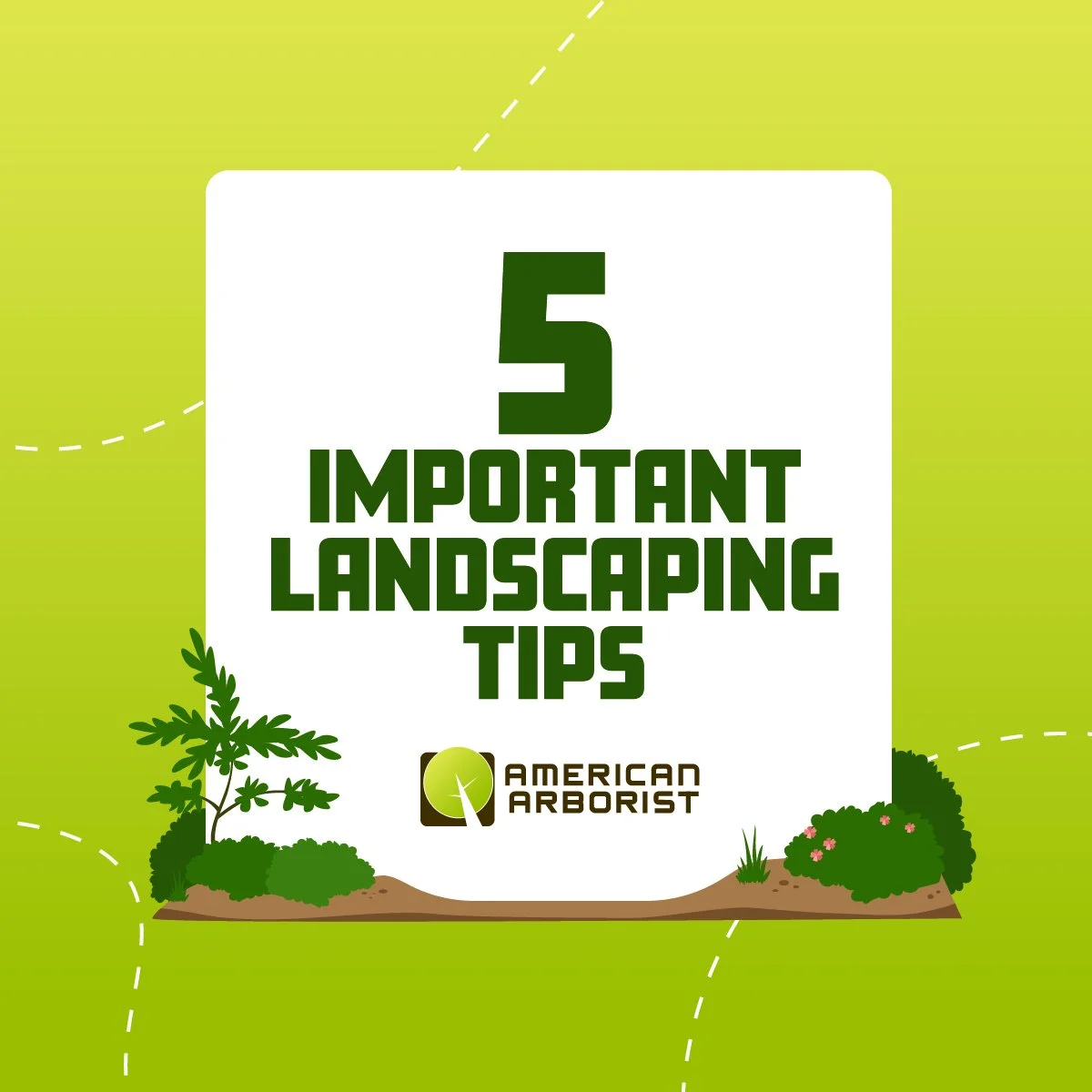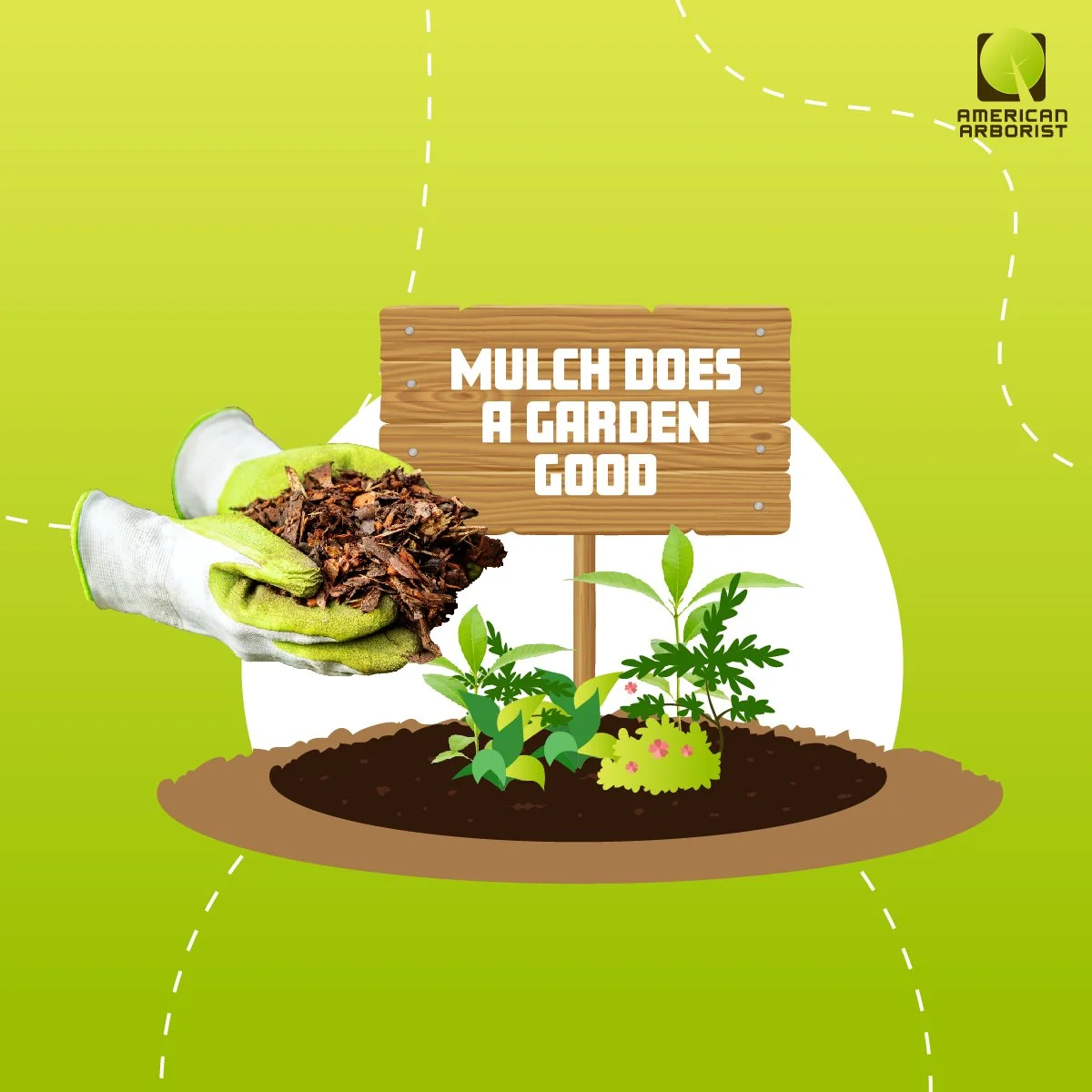5 IMPORTANT LANDSCAPING TIPS
Sometimes, a well-meaning bush or a too-enthusiastic tree can turn your landscaping dream into a home improvement headache.
Here are 5 crucial landscaping tips to keep your home happy and healthy:
1. Give Your House Some Breathing Room
Plants clinging to your foundation might look cozy, but they can trap moisture and lead to rot. Maintain at least 18 inches of clearance between your home and vegetation. Think of it as an invisible fence for thirsty roots and overeager leaves.
2. Don't Let Your Trees Get Too Chummy with Your Roof
There's a reason squirrels love cozying up in tree branches that brush your roof. It's prime real estate for them, but a nightmare for your shingles. Keep tree limbs at least 6 feet away from your roofline. This prevents branches from scratching or puncturing your roof during storms, and also reduces the risk of leaves accumulating in your gutters and causing clogs.
3. Slope It Like You Mean It
Imagine your house is a king, and the ground around it is its royal court. Ideally, the court should slope gently away from the castle (your house) to direct water runoff. Poor grading, where the soil slopes towards the foundation, can lead to water pooling around your home and causing leaks. Be a loyal subject to your house and make sure the grading slopes away!
4. Mulch Does a GARDEN Good
A good layer of mulch (around 2-3 inches) around your plants is your landscape's best friend. It retains moisture in the soil, helping your plants thrive during dry spells. Mulch also suppresses weeds, making your life easier and your garden beds neater. Plus, it adds a polished touch to your landscaping!
5. Know Your Watering Needs
Just like us, plants are individuals with varying hydration preferences. Some crave constant attention (ahem, hydrangeas), while others are low-maintenance sippers. Learn about the specific water needs of your plants and adjust your watering schedule accordingly. Overwatering can be just as detrimental as under watering, so find the happy medium.







